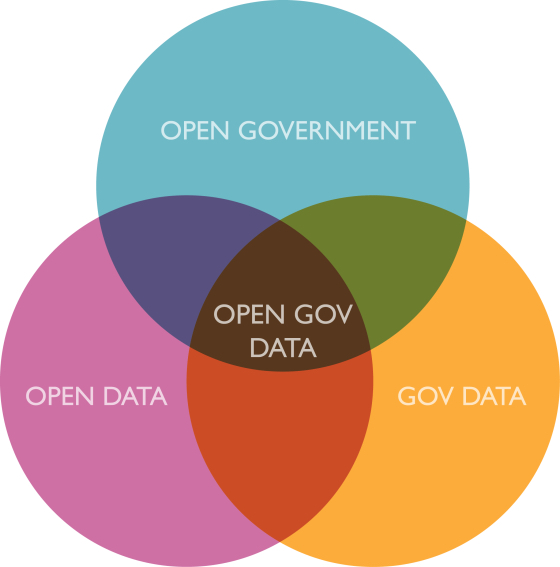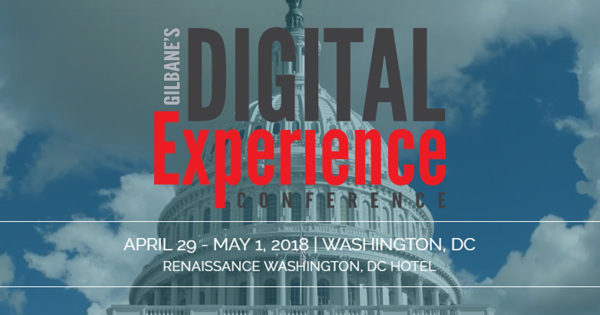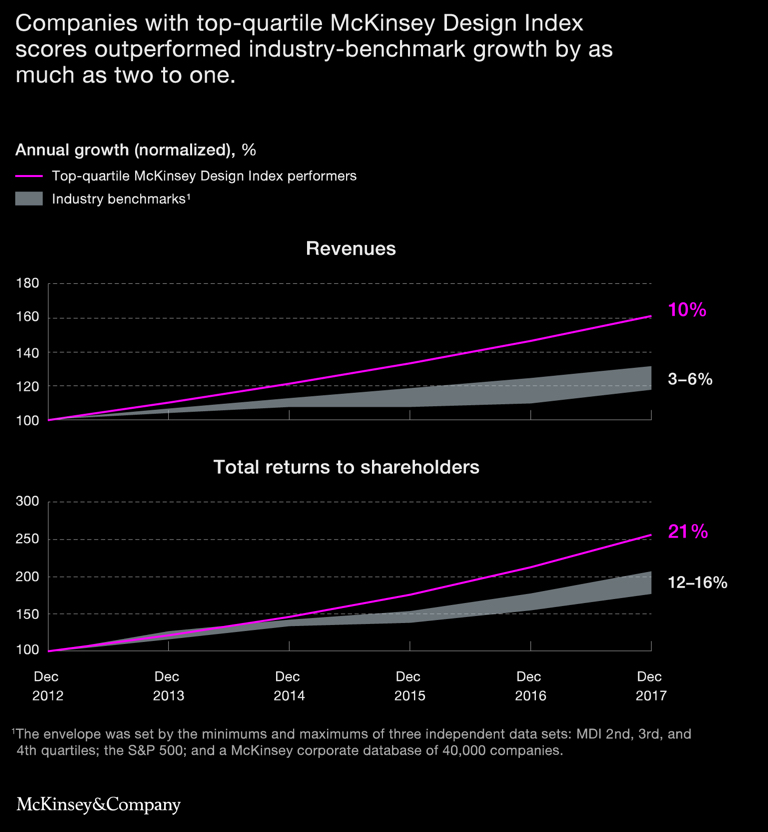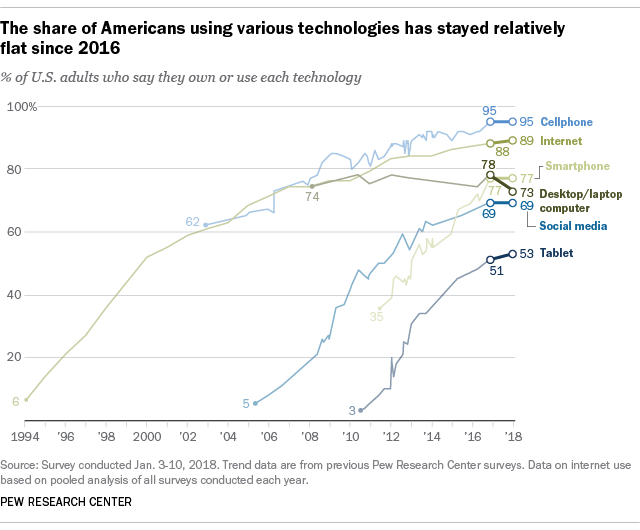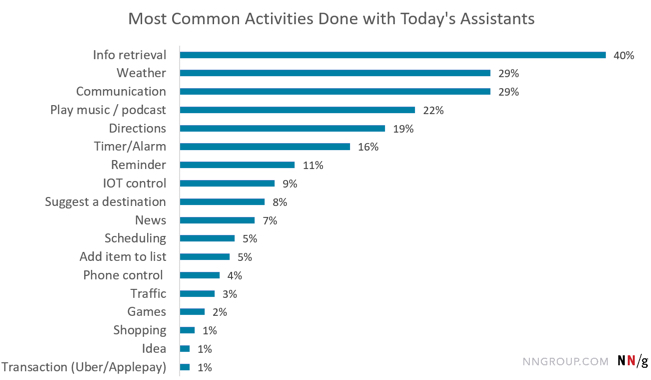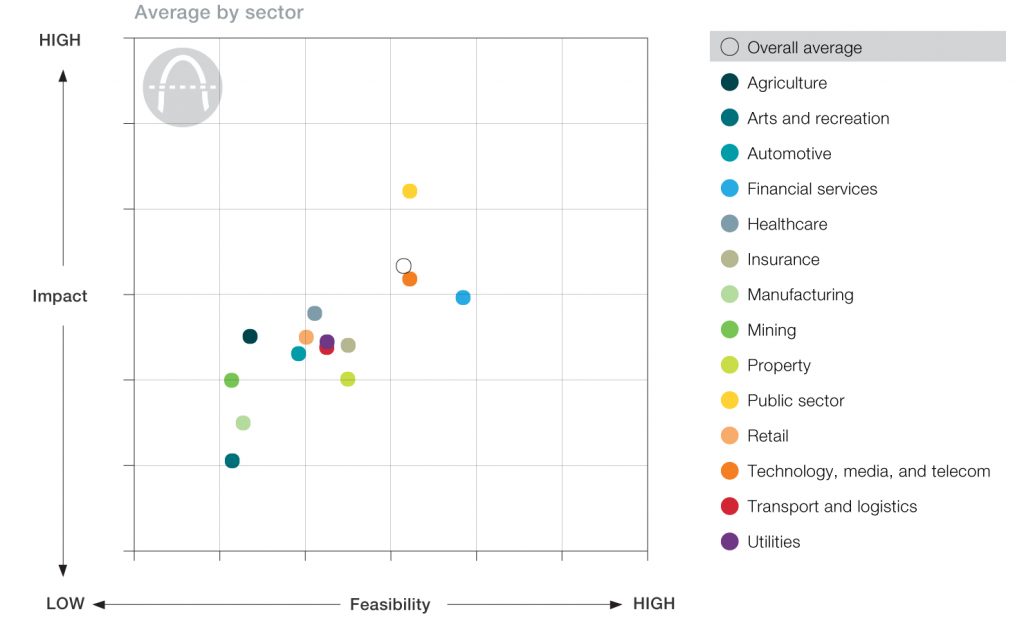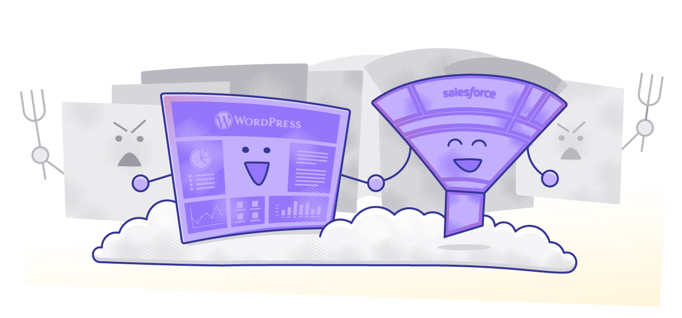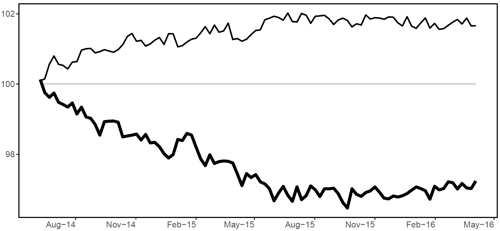Happy New Year Dear Reader! We’re back from our holiday break. Though we don’t publish in December we do continue to read and select trustworthy content worthy of your valuable time. Enjoy.
Congress votes to make open government data default in U.S.
Surprise! “On December 21, 2018, the United States House of Representatives voted to enact H.R. 4174, the Foundations for Evidence-Based Policymaking Act of 2017, in a historic win for open government in the United States of America… The Open, Public, Electronic, and Necessary Government Data Act… (AKA the OPEN Government Data Act) is
about to become law as a result.” Ok, now for the implementation… Read More
AGI is nowhere close to being a reality
When people talk about “AI” the first thing to understand is what they are really talking about. There are three possibilities: first, advanced machine learning techniques such as deep neural networks (DNNs), second, artificial general intelligence (AGI) that will perform tasks at human level, and third, anything or everything from basic software algorithms to super AGIs far beyond human intelligence. Mixing these up causes confusion, hype, and fear. The first of these defines the sense of “AI” of the vast majority of existing and near term opportunities for application. This post, with input from Geoffrey Hinton and Demis Hassabis, who ought to know, explains where we are and aren’t. Read More
Childhood’s End
In this short, rich essay, George Dyson argues that the digital revolution has morphed into something else altogether right under our noses. The new “analog revolution” has begun and we need to deal with it. Definitely don’t rush this one. Grab a coffee and get comfortable. While you’ll likely see his main point quickly, there is much to think about.
We imagine that individuals, or individual algorithms, are still behind the curtain somewhere, in control. We are fooling ourselves. … The search engine is no longer a model of human knowledge, it is human knowledge. What began as a mapping of human meaning now defines human meaning, and has begun to control, rather than simply catalog or index, human thought. No one is at the controls. If enough drivers subscribe to a real-time map, traffic is controlled, with no central model except the traffic itself. Read More
The ‘Future Book’ is here, but it’s not what we expected
An instructive history of electronic books by Craig Mod. Perfectly reasonable predictions don’t always pan out.
… We were looking for the Future Book in the wrong place. It’s not the form, necessarily, that needed to evolve … Instead, technology changed everything that enables a book, fomenting a quiet revolution. … Funding, printing, fulfillment, community-building—everything leading up to and supporting a book has shifted meaningfully, even if the containers haven’t. Perhaps the form and interactivity of what we consider a “standard book” will change in the future, as screens become as cheap and durable as paper. But the books made today, held in our hands, digital or print, are Future Books, unfuturistic and inert may they seem. Read More
Also…
- Latest web dev tools adoption… JavaScript and Web Development InfoQ Trends Report via InfoQ
- How not to defend marketing campaign degradation… It’s impossible to saturate a marketing channel via Mobile Dev Memo
- Now, mobile-first indexing for over half of pages in search results globally… Mobile-First indexing, structured data, images, and your site via Google
- Plenty of room for machine learning startups serving mid-size companies – a healthy market – dive in… The Competitive Landscape of AI Startups via HBR
Mark your calendar for
Gilbane’s DX conference
April 29 – May 1, 2019, Washington DC
Digital experience strategies, technologies, and practices, for marketing and the workplace.
Learn more
The Gilbane Advisor curates content for content, computing, and digital experience professionals. We focus on strategic technologies. We publish more or less twice a month except for August and December. See all issues
